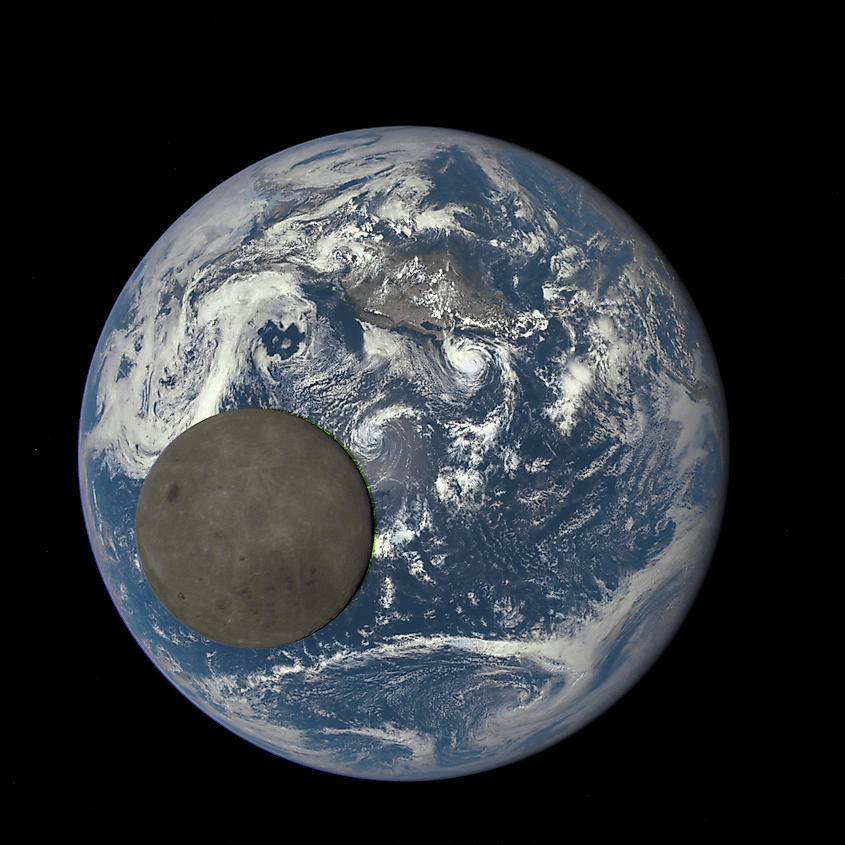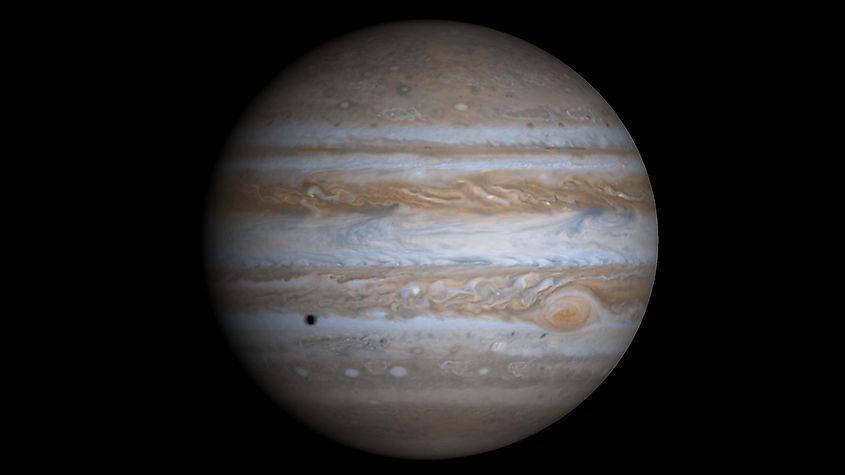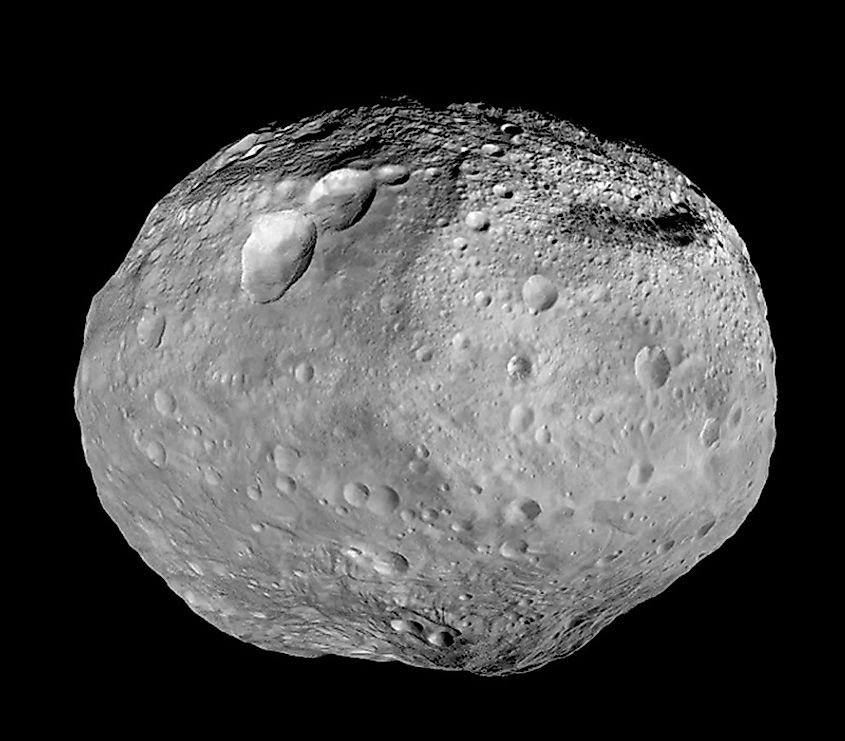Gravity

Gravity is the reason why objects in space tend to be spherical. Gravity is a force of attraction, with that force being proportional to the mass of an object. The more massive an object, the stronger its gravity. While we generally think of gravity as a force that pushes objects down, this is a rather simplified view of gravity’s direction. Gravity pushes everything towards the center of mass. For planets, that center of mass is at the core of the planet, and so the gravitational pull of a planet is trying to pull everything towards the center. Visually, think of a planet as a bicycle wheel, with the spokes of the wheel being the direction of gravity. Since gravity is pulling on all sides equally, it inevitably results in the formation of a spherical object.
Are Planets Perfectly Round?

When we look at the planets in our solar system, they all appear to be perfectly spherical. However, closer analysis reveals that no planet is perfectly spherical. While all the planets are round, there is another major factor in addition to gravity that determines a planet’s shape: its rotation. If you spin an object, it will experience a centripetal force that can distort an object’s shape. As a planet rotates, its equator will bulge out depending on the speed of the planet’s rotation. For example, Mercury and Venus have the slowest rotational speeds in the solar system, and so they are also the most spherical planets in the solar system. Meanwhile, Jupiter and Saturn have the fastest rotational speeds in the solar system, and so they are the least spherical planets in the solar system. For the inner planets, their rotational speed increases the planet’s thickness by less than one percent, yet for the gas giants, it becomes quite noticeable. For example, Saturn is actually just over 10% thicker at its equator than its poles, while Earth is only 0.3% thicker. Rather than being perfectly spherical, the planets are somewhat elongated at their equators.
How Much Mass Is Required To Make Something Round?

Planets and stars are all round, yet smaller objects, such as meteors, asteroids, comets, and some moons are not round. How massive an object must be to pull itself into a sphere is dependent not only on mass itself, but also composition. For example, objects made mostly of rock must become larger than objects made mostly of ice to become spherical. This is because rock can resist the gravitational pull of an object for longer than ice can due to differences in density. If an object is made of rock, the minimum size required to become round is about 370-miles (600-kilometres) across. For objects made of ice, that minimum distance is about 250-miles (400-kilometres) across.


 Users Today : 343
Users Today : 343 Total views : 468090
Total views : 468090